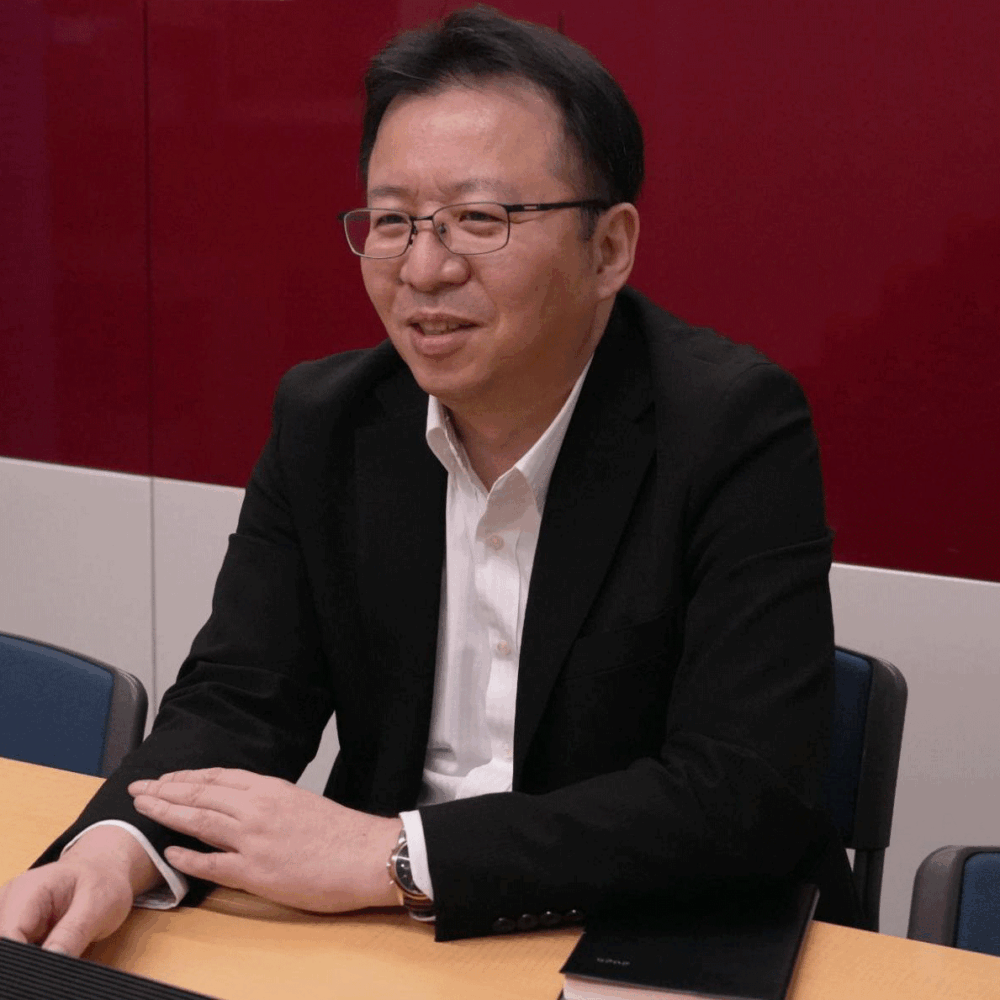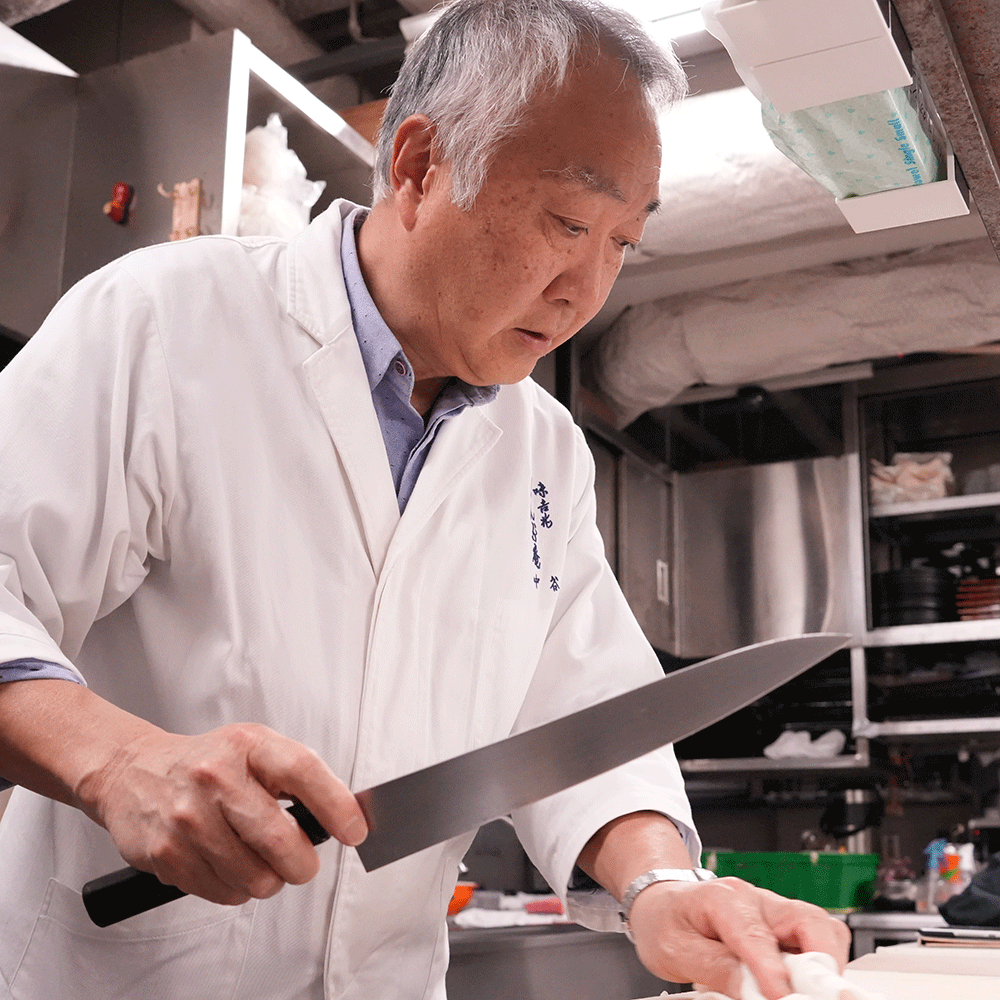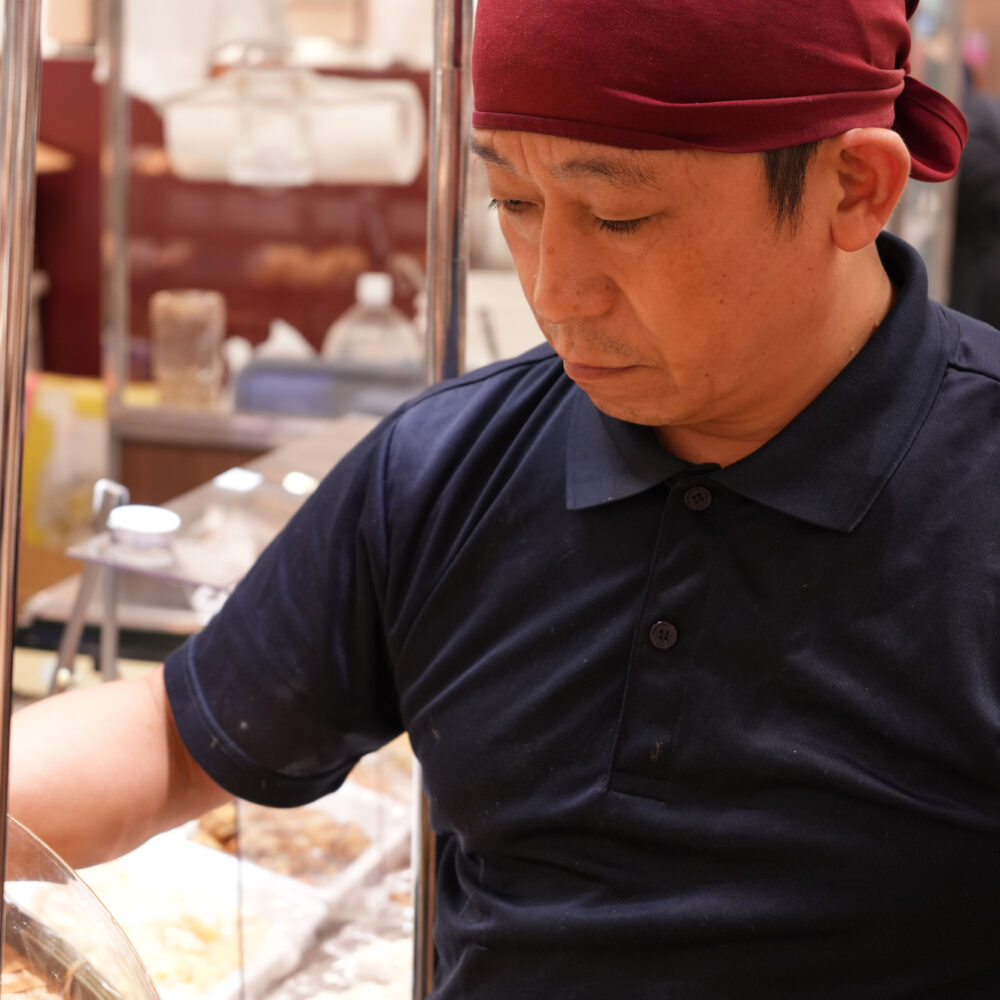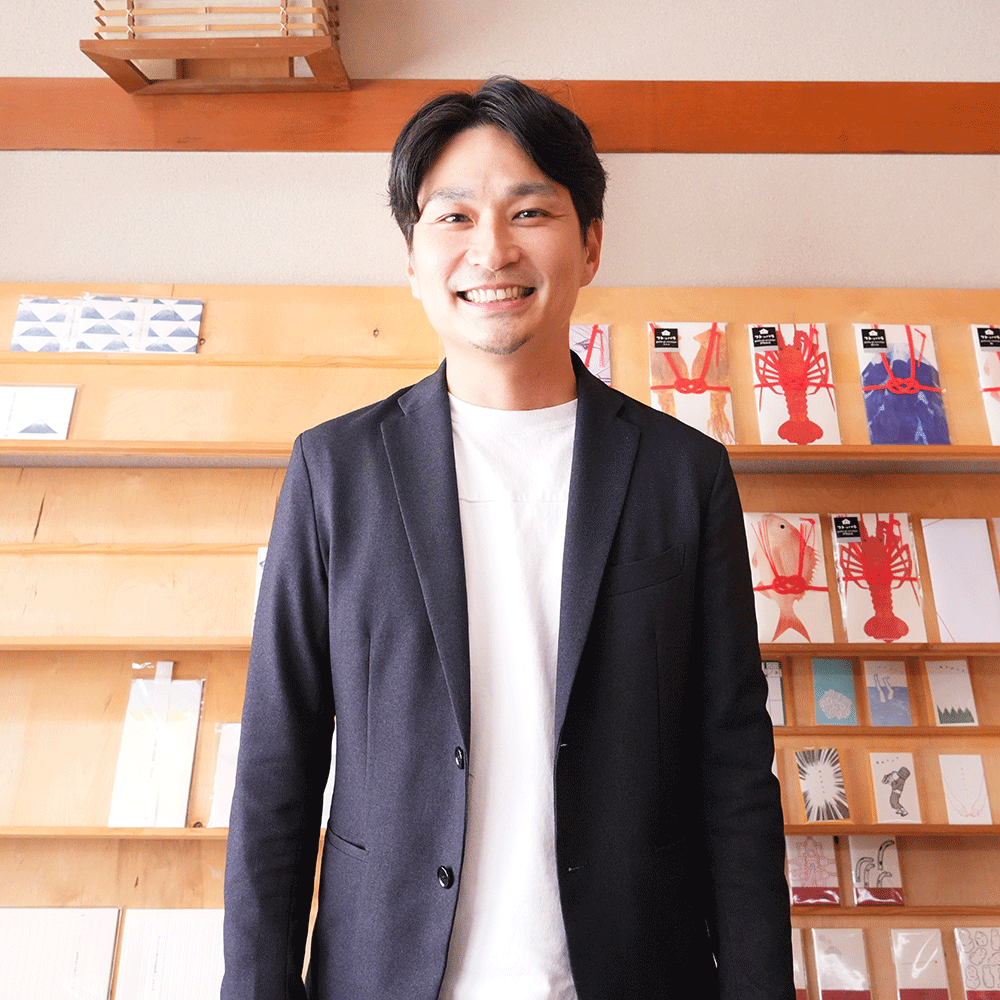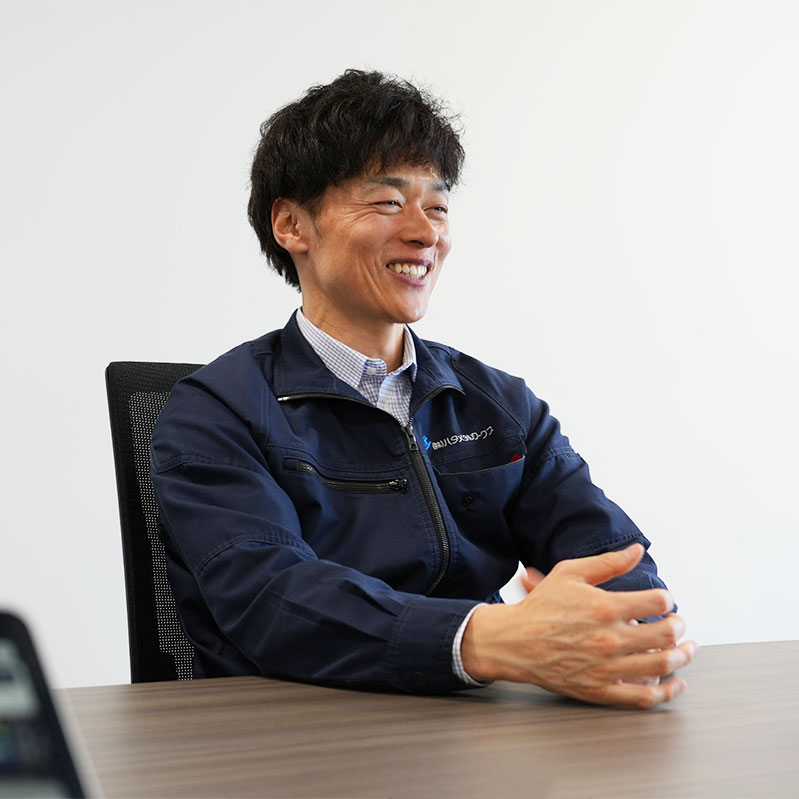Kimonos Shine in Business Settings! The New Value Created by “貴-a te-“
- Other manufacturing
- Uncategorized
- SDGs & Sustainability
- Unique Products & Services
- Considering Earth's Resources
- Environmental Issues
Osaka
The market size of the kimono (traditional Japanese clothing) retail industry has shrunk to about one-sixth of its peak, which was approximately 1.8 trillion yen during the 1970s to 1980s. This decline is attributed to factors such as fewer occasions to wear kimonos, a growing disinterest among younger generations, and the perception of kimonos as high-priced items. However, in recent years, there has been a growing interest in upsell services that remake kimonos into Western clothing and accessories, which is fostering hopes for the continuation of Japan’s traditional culture.
In the midst of this situation, Kaiga Ishikawa and Rino Nakai, both of whom worked for a company involved in the suit business, bonded over their shared desire to "change the current situation where the value of kimonos is declining" and founded the brand "貴-a te-" in 2024.
In this article, we interviewed the two founders about what motivated them to start 貴-a te-, as well as their dedication to product development.

PROTAGONIST
Kaiga Ishikawa / Rino NakaiCo-Representative
A Brand Launched by Two Suit Industry Professionals: “貴-a te-“
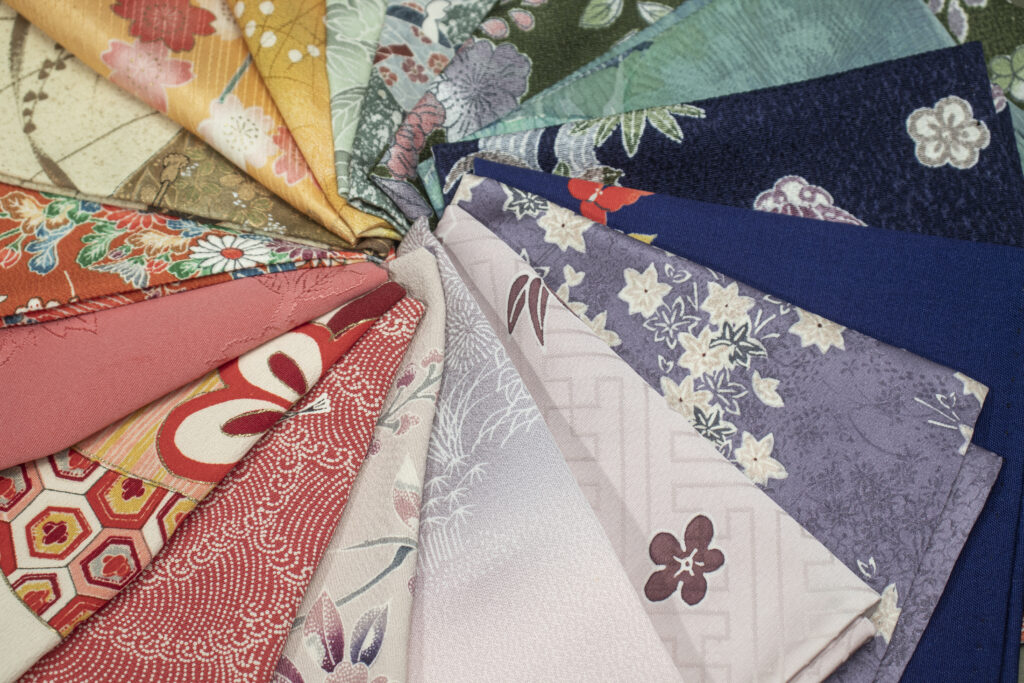
The current lifestyle has changed significantly from the past, and many in the industry may feel that traditional Japanese culture is in decline. “貴-a te-” is a brand with the concept of “creating a modern lifestyle through kimonos.”
“There are many aspects of Japanese tradition that no longer fit the times or whose usage has become unclear. At 貴-a te-, we take kimonos, one of these elements, and adapt them to modern lifestyles, giving them new value before releasing them to the world,” says Ishikawa.
Currently, 貴-a te- remakes kimonos into ties and pocket squares. Given that both Ishikawa and Nakai originally worked as professionals in the suit industry, they possess an exceptional sense of style when it comes to business fashion.
The brand name “貴-a te-” carries the meaning of “for you” in Italian. The kanji “貴” is taken from the character meaning “noble.” In ancient readings, this kanji was pronounced “ate,” and it conveys the meanings of something valuable or respected. While “kimono” literally means “something to wear,” the use of the character “貴” signifies its value as something precious. The brand was named with the desire to elevate the value of kimonos once again.
When You Want to Do Something, Just Do It! The Inspiration Came from Italy

While living in Italy, Ishikawa noticed that many foreigners loved Japan and felt that “Japan is truly a beloved country.” However, foreigners who visited Japan rarely had the need or opportunity to order a suit while there. This desire to indirectly bring Japanese products to such foreigners became the inspiration for starting this business.
Since kimonos are primarily worn by women, Ishikawa felt that a male-only perspective might lead to a biased approach. To address this, he asked Nakai, who was active in the suit industry at the time, to collaborate with him, and they moved forward with the brand as co-representatives.
“I’m the kind of person who, when I want to do something, I just do it. I immediately started thinking about what would be needed to launch the brand and prepared by working backwards. While the value of kimonos is declining in Japan, they are highly regarded abroad. I saw a business opportunity in this gap. Through this venture, I wanted to create an era where kimonos would thrive in the global business scene,” says Ishikawa.
Ties and pocket squares are easy-to-use items, so he had confidence they would succeed. Additionally, the fact that both co-representatives came from the suit industry made it easier to take the first step.
“The support from our past clients has been a major foundation for our business success. That’s why we are able to fully commit ourselves to this,” says Ishikawa.
Over Six Months Spent Perfecting the Beauty of the Pocket Square’s Corners
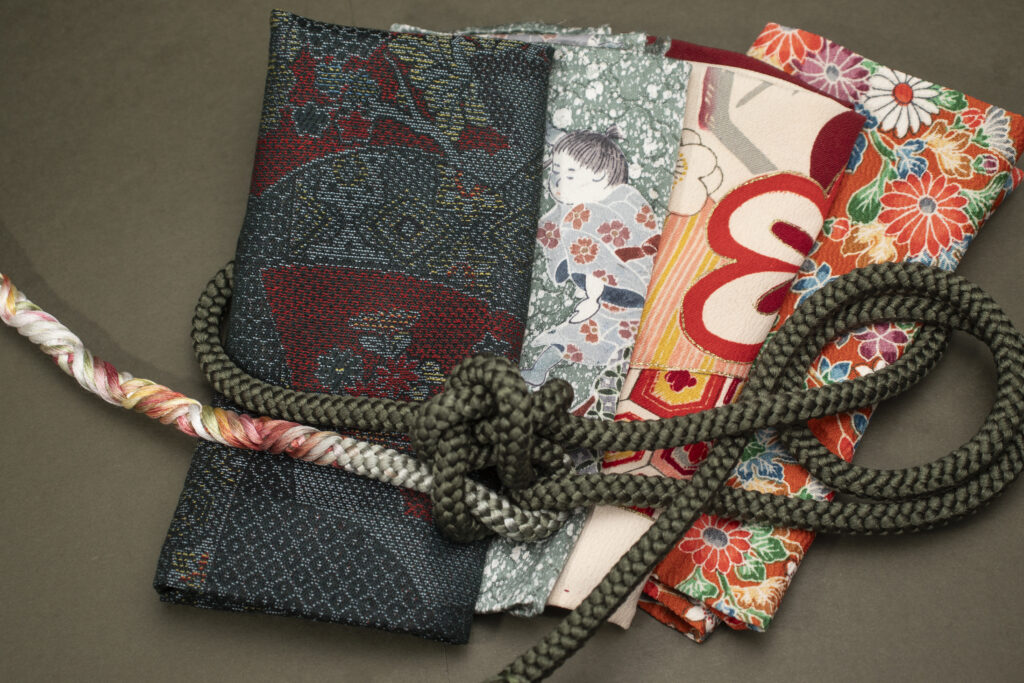
The preparation for launching the brand took about a year. They began collecting kimonos around June 2023, aiming for a release in January 2024. However, they were not satisfied with the quality of the products, the paper bags, or the pricing, and ultimately postponed the release to June.
“What we were particularly fixated on was the beauty of the pocket square’s corners. It took a long time to find a factory capable of manufacturing this to perfection. In the end, we chose a company in Ishikawa Prefecture that makes seats and tags for Toyota. This company even purchased a custom sewing machine to meet our detailed requests. After more than six months of adjustments, we finally created a pocket square we were satisfied with,” says Ishikawa.
To beautifully remake kimonos, the quality of the fabric and sewing is crucial. Both Ishikawa and Nakai have extensive experience handling fabrics in the suit industry, giving them the confidence to assess quality. Indeed, without a proper understanding of materials, it would be impossible to offer high-quality remade products. While a standard tie might cost 5,000 yen, if it is made from high-quality fabric and produced in Japan, the price can soar to 25,000 yen. Leveraging their network and experience in the suit industry to enhance product value is one of 貴-a te-’s key strengths.
Attention to detail was also given to the product boxes. Adjustments were made to factors such as size, color tone, and how light reflects, ultimately choosing a navy-gray hue and paper with a matte texture reminiscent of traditional Japanese washi, resulting in a luxurious finish. The boxes were also designed with portability in mind, being intentionally made thin for ease of carrying.
“Black and gold aren’t well-received abroad, and using brown made the box look like chocolate packaging. We went through many iterations, creating and discarding boxes repeatedly. We made everything custom and designed them with a luxurious look that would also stand out as home décor. We also made the paper bags durable and water-resistant, so we’d be delighted if people could use them for a long time, either as decoration or to carry around,” says Nakai.
Since starting this business, both Ishikawa and Nakai have had more opportunities to meet people involved in Japanese traditions and craftsmanship. There are many long-established companies in the kimono industry, so one might think there would be resistance to remaking such a traditional item. However, that doesn’t seem to be the case. As the industry laments the declining value of kimonos, many who share the same vision often praise their work as “an interesting initiative.” It seems that while everyone wants to preserve Japanese tradition, they also share the desire to create new value.
We Want to Bring Japanese Tradition to the World Through Remade Kimono Products
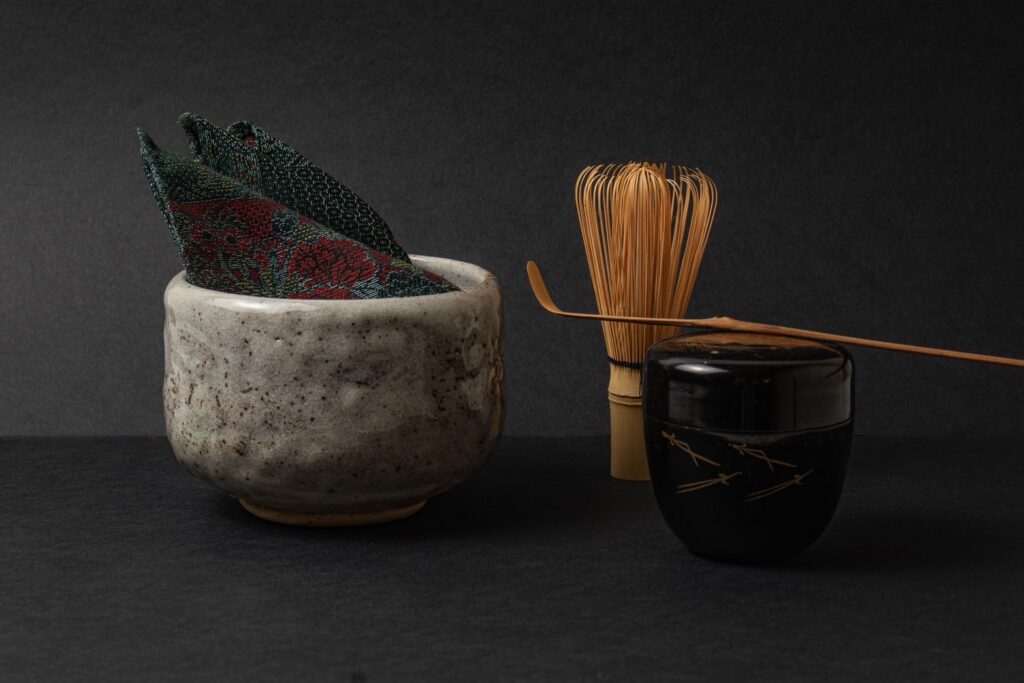
“Each person who provides us with their kimono has a deep emotional attachment to it. It’s sad to think that such precious feelings could lose their value. We can transform the shape of these kimonos and create new value. When a kimono is remade into a product, the owner is genuinely delighted. I believe this is the value we are able to offer,” says Ishikawa.
Looking ahead, they plan to expand by collaborating with Japanese companies to develop products and goods using kimonos. They are considering items that could be sold in airport souvenir shops or used as loungewear and uniforms at hotels in Kyoto. While the main target is the inbound tourism market, they also wish to reach Japanese people interested in traditional culture.
“For example, imagine someone wearing a 貴-a te- tie in a business setting overseas, and being complimented with, ‘That’s a stylish tie.’ Then they could reply, ‘This tie is made from a kimono. I love Japan,’ or ‘A friend who went to Japan bought it for me.’ I think conversations like this might arise. Through our products, the story of Japan might spread somewhere in the world. That could be one way we contribute to Japan,” says Ishikawa.
Through remaking, 貴-a te- is enhancing the value of kimonos and breathing new life into Japanese traditional culture in a modern form. Founders Ishikawa and Nakai continue to create products that blend business fashion with Japanese tradition, drawing on their extensive experience in the suit industry.
Kimono remaking is not merely about altering the design; it’s an effort to carry forward the emotions and history embedded in the kimono into the future in a new form. As 貴-a te- grows, so does the possibility that Japan’s traditional culture will continue to be loved worldwide. The future of 貴-a te- is certainly something to look forward to.
INFORMATION
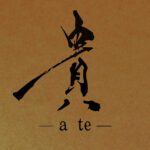
Aslife & Partners Co., Ltd. Textile Division
Our brand name embodies our heartfelt intentions.
The kanji character "貴" (ki) signifies "precious" and "noble," carrying meanings such as "valued" and "respected."
With a deep respect for traditional culture, we started this brand with the aspiration to create new value for 着物 (kimono), passing it on to future generations.
We named the brand with the hope that 着物 will become 貴物, or “precious things.”
Note: "着物" refers to a traditional Japanese garment, "kimono," and "貴物" implies a "treasured" or "precious thing."
- Founded in
- 2018/11/1
- No. of employees
- -
- Website
- https://ate-japan.com/
- Writer:
- GOOD JOB STORY 編集部






